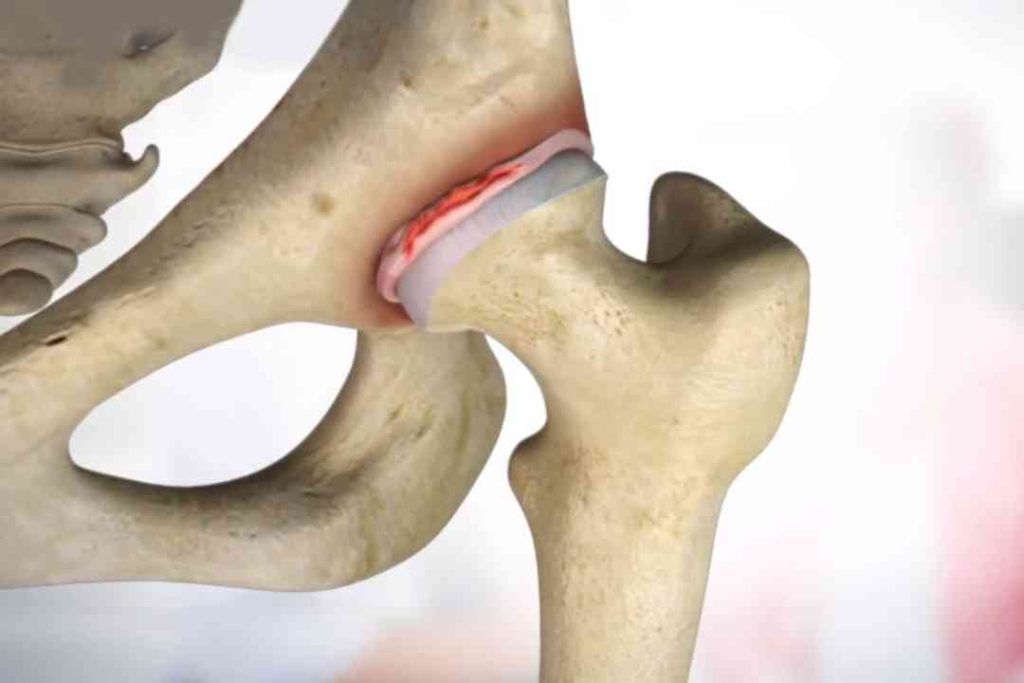What Is a Labral Tear?
The labrum is a ring of cartilage that surrounds the rim of the glenoid (shoulder socket). It deepens the socket and provides stability to the ball-and-socket joint of the shoulder. When this cartilage is torn, either through trauma or repetitive stress, it can lead to pain, instability, or reduced function of the shoulder.
There are two major types of shoulder labral tears:
-
Bankart lesion: A tear of the anterior-inferior labrum, commonly associated with shoulder dislocations
-
SLAP lesion (Superior Labrum Anterior to Posterior): A tear at the top of the labrum where the biceps tendon attaches
Causes and Risk Factors
-
Shoulder dislocations or subluxations (partial dislocations)
-
Overhead sports (baseball, tennis, volleyball, swimming)
-
Repetitive shoulder motions (throwing or lifting)
-
Direct trauma or fall onto an outstretched arm
-
Age-related degeneration or chronic instability
Symptoms
-
Deep, aching shoulder pain
-
Clicking, catching, or popping sensations with movement
-
Weakness or instability during overhead activities
-
Decreased range of motion
-
Pain with lifting, throwing, or pushing motions
-
In SLAP tears, pain may localize near the biceps tendon
Diagnosis
-
Physical examination for instability or labral-specific signs (e.g., O’Brien’s test, crank test)
-
MRI with contrast (MR arthrogram) is the most accurate imaging tool for labral injuries
-
X-rays to rule out associated bone abnormalities
-
Arthroscopic evaluation may be necessary for definitive diagnosis
Treatment
Non-Surgical Treatment
-
Rest and activity modification (avoid overhead activities)
-
NSAIDs for pain and inflammation
-
Physical therapy to strengthen rotator cuff and scapular stabilizers
-
Often effective in partial or degenerative tears, or non-athletes
Surgical Treatment
-
Indicated for:
-
Failed conservative management
-
Symptomatic Bankart or SLAP lesions in active patients
-
Shoulder instability or recurrent dislocations
-
-
Arthroscopic labral repair:
-
Bankart tears: reattachment of the labrum to the glenoid
-
SLAP tears: repair or biceps tenodesis (depending on age/activity)
-
-
Rehabilitation focuses on restoring strength, range of motion, and dynamic shoulder stability
Recovery Outlook
-
Non-surgical recovery: 6–12 weeks with guided rehab
-
Post-surgical recovery:
-
Sling for 3–4 weeks
-
Physical therapy begins shortly after surgery
-
Return to full activity typically by 4 to 6 months
-
Overhead athletes may require longer to regain peak performance
-
Why Kerlan Jobe Institute?
At Kerlan Jobe Institute, our specialists utilize advanced arthroscopic techniques to diagnose and repair labral injuries with precision. We tailor each treatment plan to the patient’s sport, activity level, and long-term goals—ensuring optimal shoulder function and stability.

